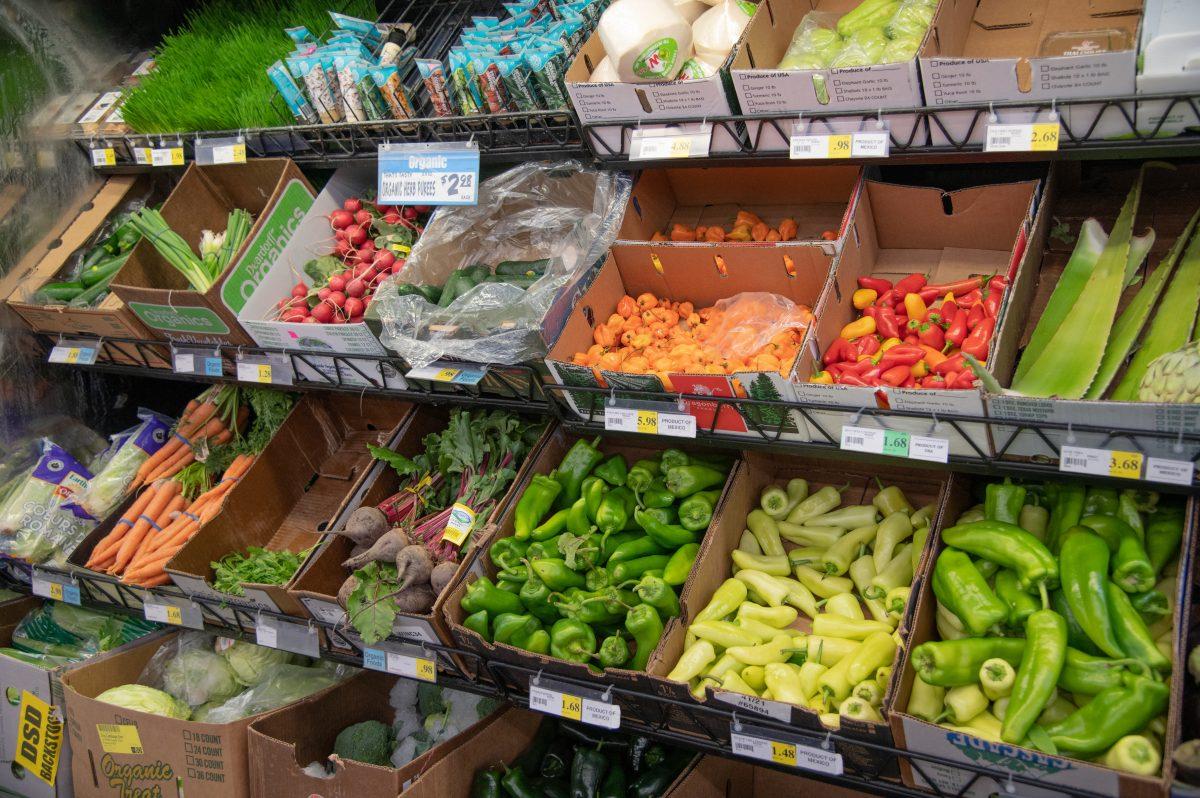Global warming has become an increasingly alarming concern for people all around the globe. A lot of our everyday habits around consumption are damaging the planet, and it’s time to adopt new habits that help make a difference. The food we eat and where it comes from has a large impact on the environmental crisis. The animal agriculture industry is responsible for 10% of U.S greenhouse gas emissions as of 2018 and transportation contributes 28%1. Most of the main culprits are the biggest industries in America, such as beef, dairy and food transportation.
The Environment’s Beef with Beef
For most Americans, meat is a staple in every meal of the day. Unfortunately, cows are the highest agricultural contributor to greenhouse gases worldwide. While other meats contribute to greenhouse gases as well, varying your meat consumption throughout the week by replacing your beef meal with chicken or turkey will not just lessen your environmental footprint, but reduce your risk of heart disease. Red meat is linked to poor cardiovascular health due to large amounts of cholesterol and saturated fat, and it’s not recommended to be eaten daily. The National Institute of Health found that eating red meat daily triples heart disease related chemicals2. By implementing a Meatless Monday or Tofu Tuesday into your week, you’re lessening your contribution to greenhouse gases and doing a favor for your heart.
The Dairy Diaries: How We Contribute to Pounds of Milk Consumption
Since cows produce large amounts of methane that contribute to greenhouse gases, another main food to be cutting down on would be dairy products. It takes approximately ten pounds of milk to make only one pound of cheese, and the average American eats about 40 pounds of cheese per year3. Replacing cheese with healthy fats like avocado or vegan dressings for some of your meals can increase variety and can add creaminess to your food while lessening your carbon footprint.
Prevent Food Waste
The U.S Department of Agriculture estimates that wasted food is responsible for 30-40 percent of the entire food supply in the United States4 . Food waste happens at a much larger level than throwing away spoiled leftovers in your home. Grocery stores, restaurants and factories are responsible for over-ordering pounds of extra food to ensure a full stock and then throwing it out instead of finding a better use for it, such as donation, before it goes bad. On a personal consumer level, to prevent food waste in your own home, try planning how you’re going to use each perishable item that week and make sure you don’t buy any extras. If you’re going to buy a pound of carrots for a recipe that calls for less, try incorporating them into the rest of your meals that week or freezing them to thaw and use in soup. Meal services that provide recipes and only the necessary amount of ingredients are becoming more popular and may be a good option if it’s affordable to you.
Shop Local!
Another major cause of greenhouse gas emissions is from automobiles. Transporting fruits and vegetables long distances causes the trucks to use large amounts of gas and emit harmful greenhouse gases along the way. Buying fruits and vegetables as local as possible reduces the distance they had to travel to get to your salad, which lessens your carbon footprint. If local produce in your area is too expensive or unavailable, ordering a box of rejected or “imperfect” produce to your home reduces the amount of food waste and is often much cheaper than average store produce.
Enjoy All Foods Mindfully
Lessening your footprint doesn’t mean cutting out everything you love, it can be as simple as finding alternatives and new recipes you enjoy. The most effective way to lessen your footprint is to expand your diet by adding the foods you know cause less damage, rather than completely cutting out the ones that do. Learning how to lessen your carbon footprint helps make the world a better place for everyone, and the future even more promising.
-
“Sources of Greenhouse Gas Emissions.” EPA. Environmental Protection Agency, December 4, 2020. https://www.epa.gov/ghgemissions/sources-greenhouse-gas-emissions.
-
“Eating Red Meat Daily Triples Heart Disease-Related Chemical,” January 15, 2019. https://www.nih.gov/news-events/nih-research-matters/eating-red-meat-daily-triples-heart-disease-related-chemical.
-
“Food Consumption and Nutrient Intakes.” USDA ERS – Food Consumption and Nutrient Intakes. U.S. Department of Agriculture. Accessed March 31, 2021. https://www.ers.usda.gov/Data/FoodConsumption/.
-
“Food Waste FAQs.” USDA. Accessed March 30, 2021. https://www.usda.gov/foodwaste/faqs.







